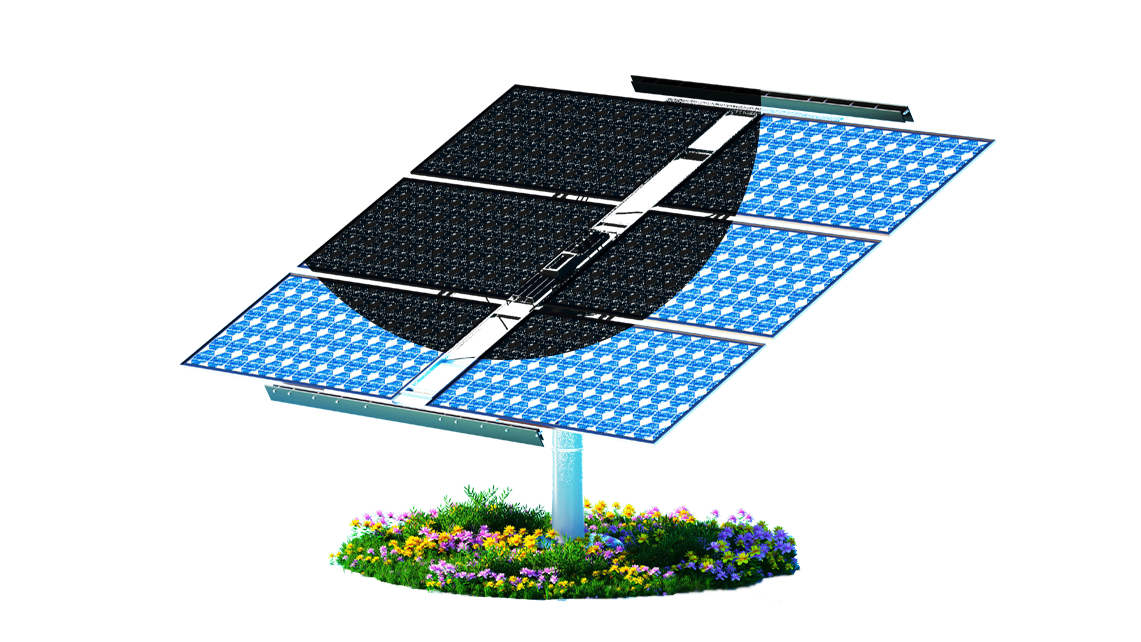On April 8, millions of glasses-clad onlookers will, for the second time in seven years, hold their collective breath. As the celestial odds align, the Earth and moon will be in the perfect position to blot out the sun across the U.S., along with the solar power that makes up an increasing share of our energy mix. With eclipses anticipated decades in advance, local utilities have had time to prepare for the big day. From little Vermont to hulking Texas, how the eclipse will impact the energy grid paints a picture of energy progress, but also how we still depend on fossil fuels to stay resilient.
During the last full solar eclipse in 2017, an estimated 10 million pounds of extra carbon emissions were released into the U.S. atmosphere as fossil fuel-based power stepped in to replace the loss in solar output, according to Vahe Peroomian, a professor of physics and astronomy at the University of Southern California. That’s roughly the annual equivalent of 1,000 gasoline cars. Since then, “our reliance on solar power has increased by about a factor of three,” Peroomian said, meaning the amount of energy to make up for will be greater than any previous eclipse.
Each of the 15 states along the 115-mile path of totality, in which the sun will be completely eclipsed for a short period of time, have a different mix of power sources feeding their grids. From the moment the moon’s shadow begins to block the sun until it relinquishes its grip, their systems will have to switch it up.
Even a small loss of sunlight directly translates to less energy. Batteries and other renewable energies, like wind, are expected to pick up some of the slack. However, even a leading clean energy state like California, which will only experience a partial eclipse, may need to tap into its fossil fuel resources to keep up with demand, said Peroomian. “The impact is going to be nationwide.”
The eclipse is a challenge states can prepare for, highlighting how a renewables-dependent grid might deal with sudden weather changes, equipment failure, and other outage-causing events. According to the U.S. Energy Information Administration, or EIA, utilities are also anticipating increased demand from homes and businesses that rely on small-scale solar, which may instead need to draw power from the grid.
Texas is the largest state to experience totality and has a couple of unique factors making it the ultimate testing ground for solar reliance. While other states tap into a larger regional utility system, Texas is an energy island and its grid primarily uses energy produced in state. It’s also recently become a nationwide leader in solar energy, with nearly a 3,700 percent increase in the last decade. In most of Texas, the eclipse will momentarily blot out some 90 percent of that power.
“It is perfectly timed to have maximum impact,” said Joshua Rhodes, an energy researcher at the University of Texas at Austin, adding that the eclipse will pass over the state at “solar noon,” the time when the sun is highest in the sky and produces the most energy. But having collaborated alongside the state’s utility provider, ERCOT, for 14 years, Rhodes is confident that the grid is ready for the event. “I mean, really we do this every day,” he said. “A cloudy day could create the same kind of gap that we’re going to see on Monday.”
Following a winter storm in 2021 that caused days of blackouts, Texas invested in grid resilience, emphasizing renewables and giant power-storing batteries, which can provide energy when sources go offline. But the state still relies on fossil fuels for roughly 60 percent of its energy. In 2023, when a partial solar eclipse passed over, the loss of energy caused the amount of natural gas used to almost double momentarily.
Still, while the eclipse offers a look at our continued reliance on fossil fuels to meet demand, the recent prevalence of energy storage indicates a shift toward cleaner resilience. Today, according to the EIA, the U.S. has 15.4 gigawatts of battery storage, capturing solar and wind energy to release when needed. During the 2017 eclipse, the U.S. had only 0.6 gigawatts of these reserves. Even with the lost sunlight, the agency said it expects solar to be the third-largest energy source in the U.S. on eclipse day.

April 8 will also likely see increased emissions from another source: the crowds that will flood into areas along the path of totality, in numbers akin to 50 Super Bowls, with most arriving in gas-guzzling planes and cars. In largely rural Vermont, some fear miles of stopped, idling traffic overwhelming the state’s backroads and highways.
“Our biggest consideration is if someone has an outage or something, you know, how do we actually get to them?” said Andrea Cohen, manager of member relations at Vermont Electric Cooperative, which services 78 towns in the state’s north. But when it comes to sourcing energy, Cohen says the utility is “well prepared” for the eclipse, just as they would be on a bad-weather day.



